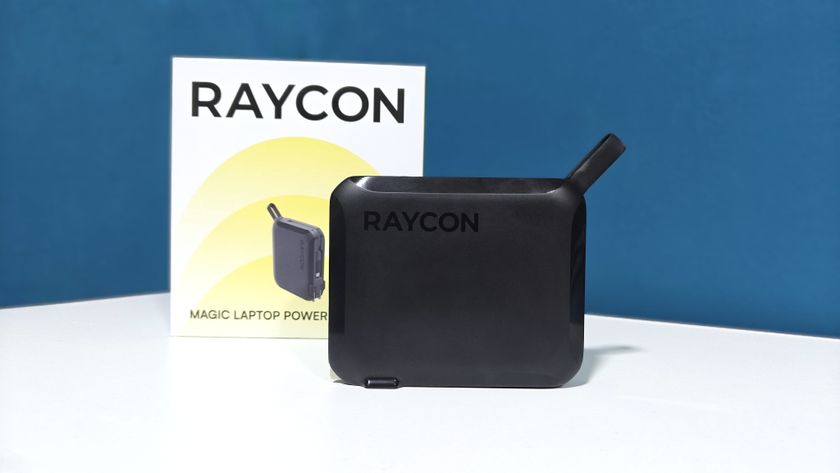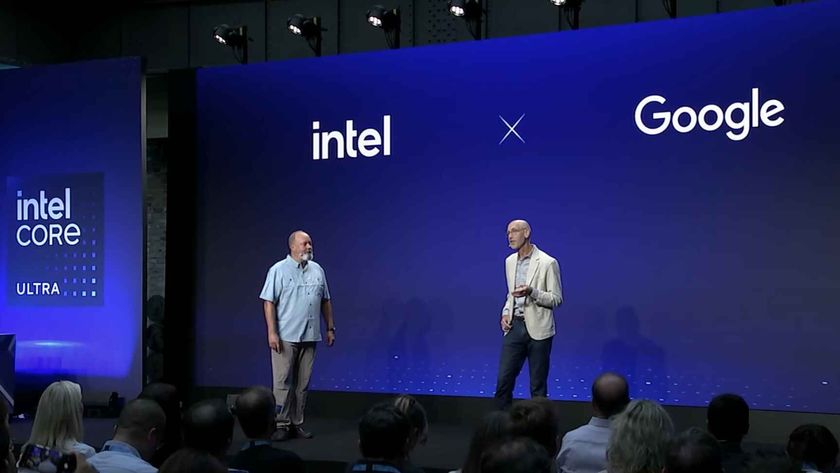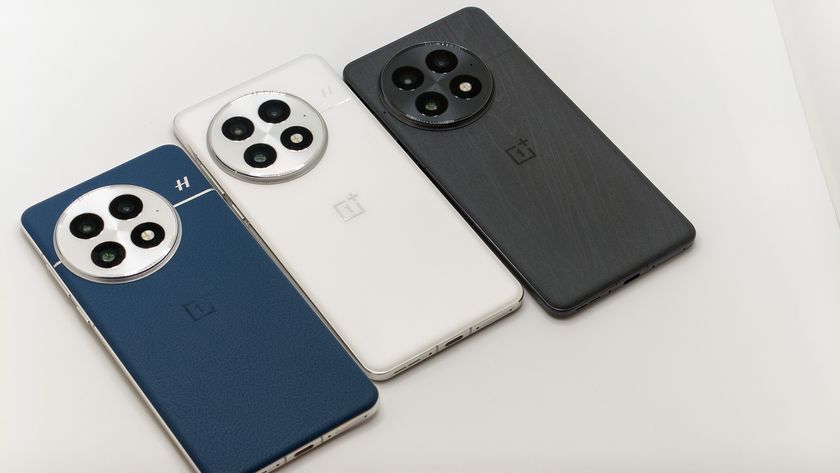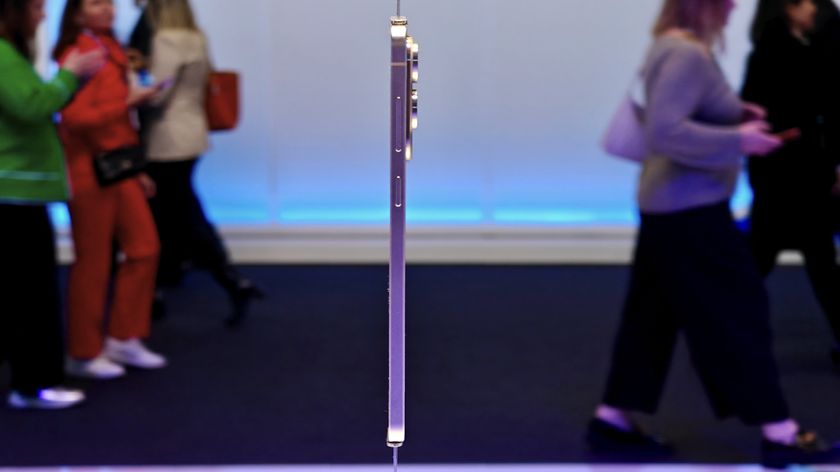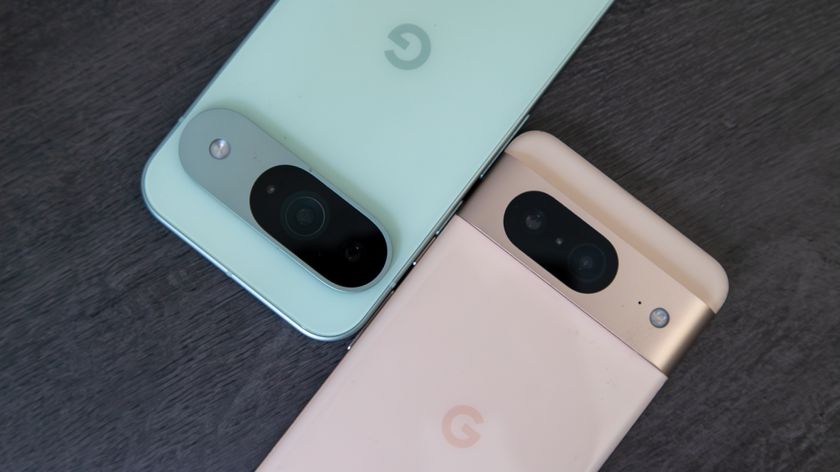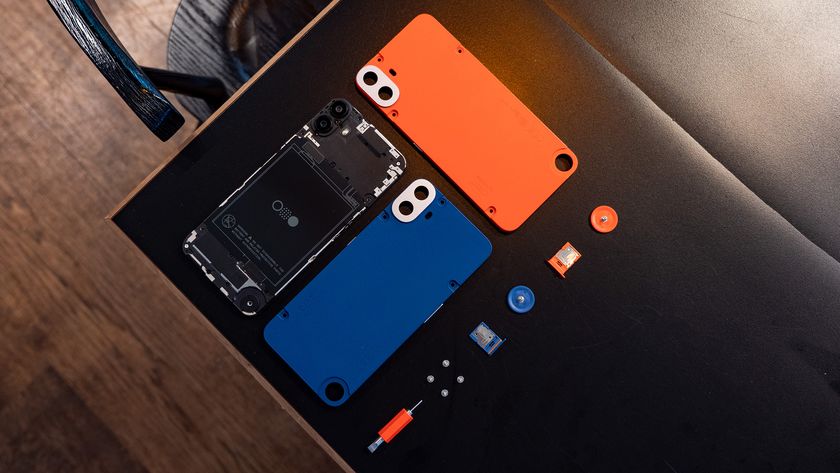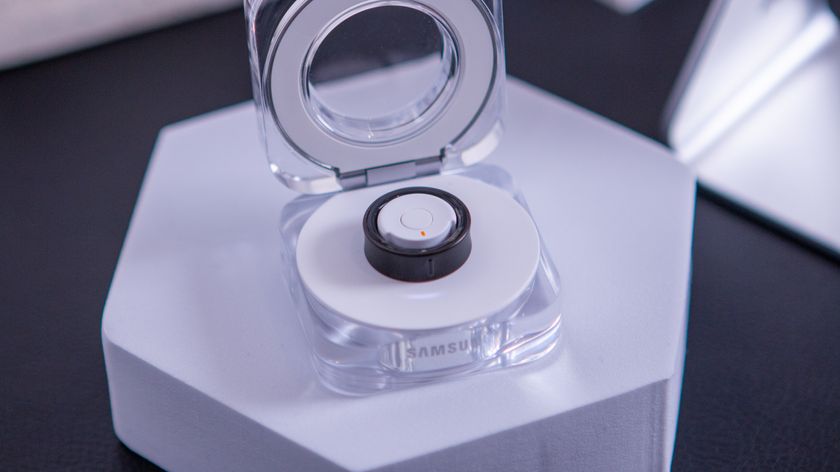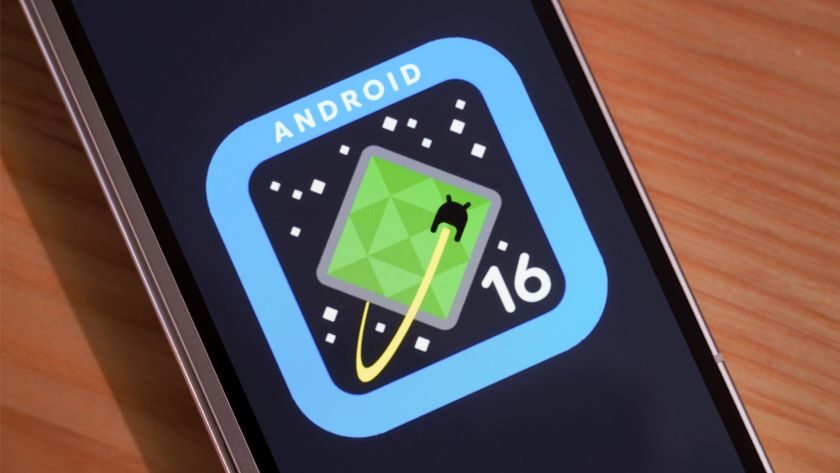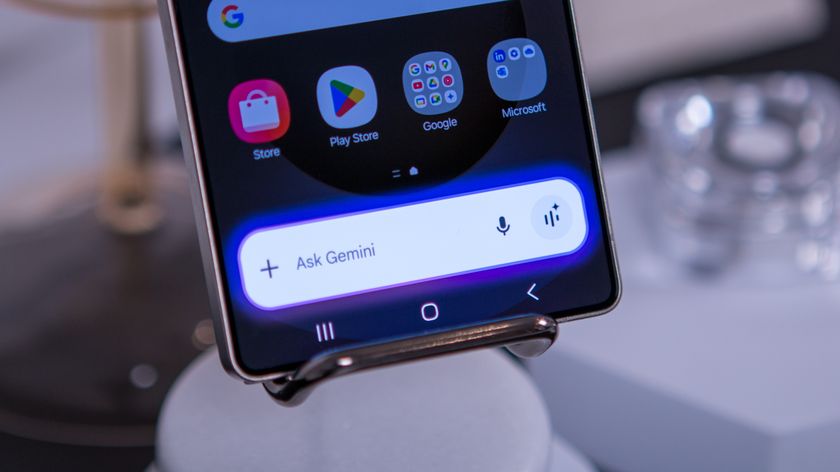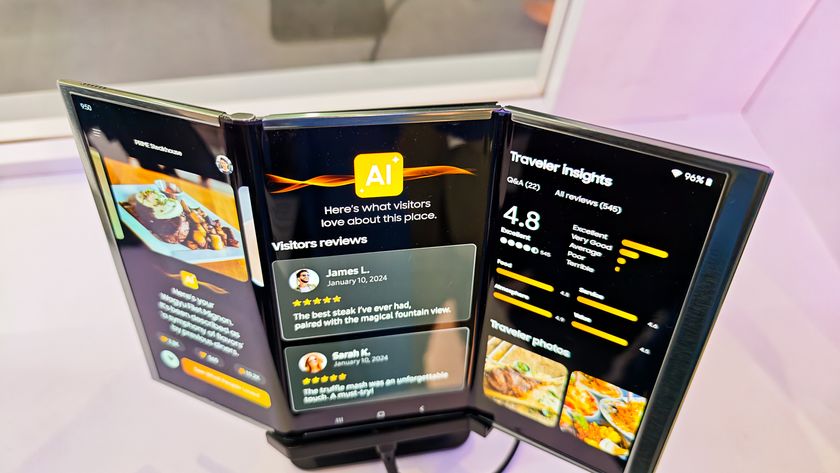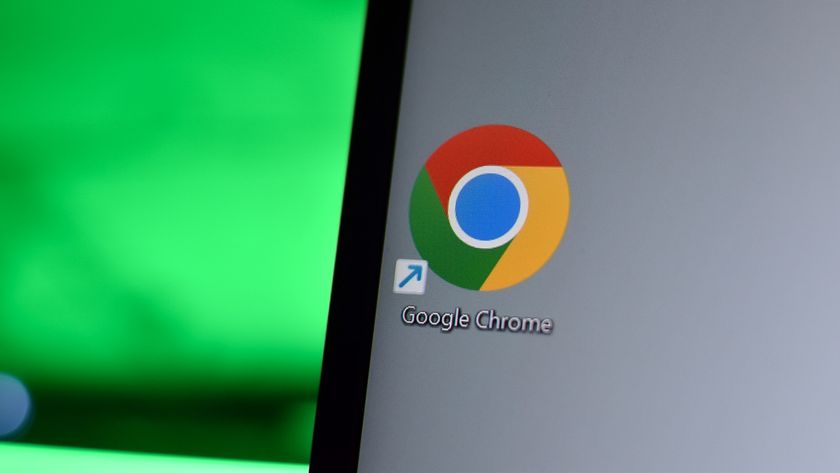The cheapest iPhone has a more powerful processor than the most expensive Android phone
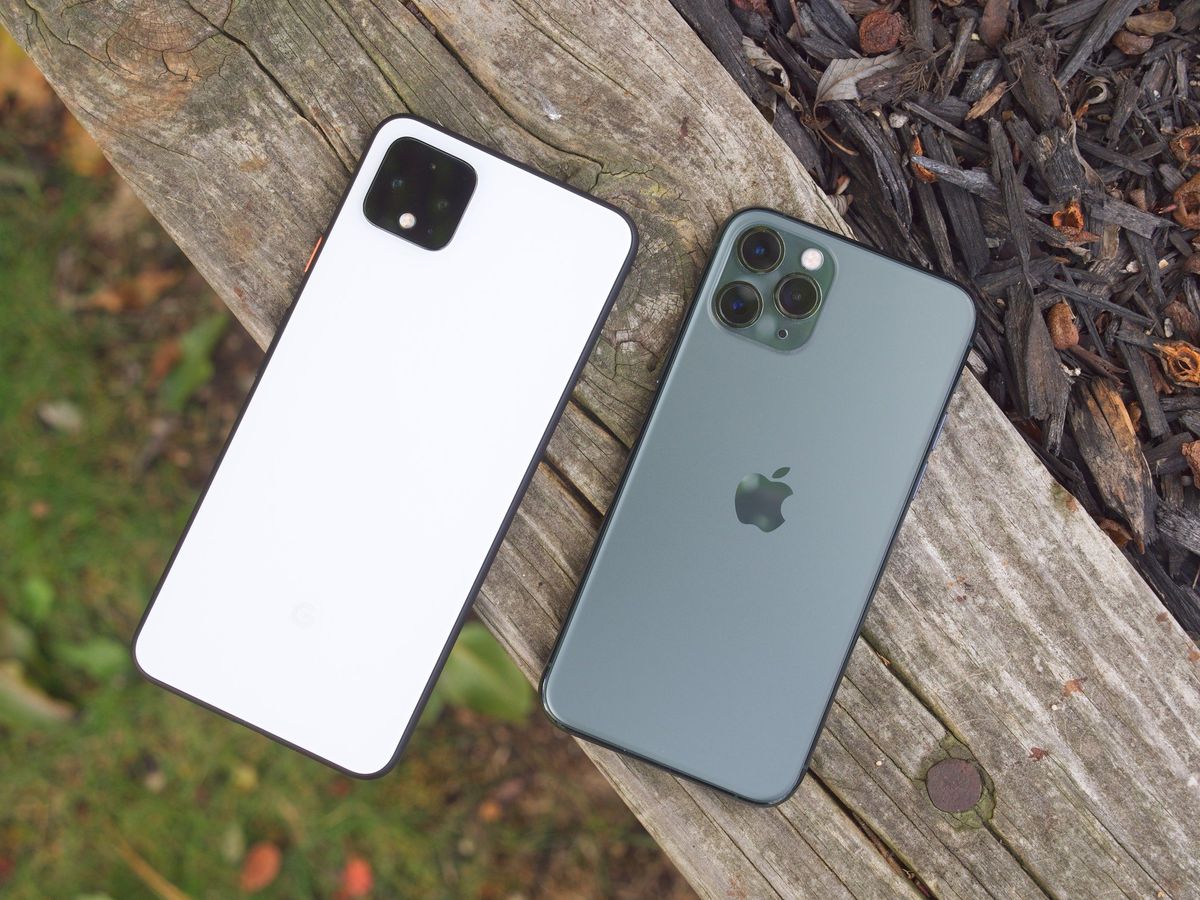
Apple has updated the little iPhone SE for 2020, and even an Android fan has to see that it's a great phone at an even greater price of $399 for the base model. It's essentially an iPhone 8 with one big difference: it has Apple's A13 Bionic chip buried inside. And that's a big deal for a number of reasons.
I expect that some people are going to tell me about single thread versus multi-threaded performance and how the A13 GPU isn't that great or how iPhones have much lower resolution screens so the chips don't have to work as hard. All this is true, but another thing is true: the A13 is a stronger chip than the Snapdragon 865 for daily use in every category — we've seen this applied in real life in the iPhone 11 already. The only area it misses out is 5G, and that's because Apple just doesn't care about 5G yet. (The rumored iPhone 12 will almost certainly have a Qualcomm 5G chipset inside, for what it's worth.)
The Apple A13 is powerful enough to drive a laptop, let alone a smartphone.
Nerdy things like CPU threads aside, you'll notice how well the new iPhone SE performs when you use it. Everything in a modern smartphone from web browsing to camera performance to less-used things like AR depends on the processor. You need to crunch numbers really fast if you want your phone to respond really fast. The $399 iPhone SE will be able to do these things faster than the new OnePlus 8 Pro or the Samsung Galaxy S20+.
It sounds crazy to say that Apple including its expensive new chip in its budget phone makes sense, but it does. Apple has but a single processor to design, manufacture, support, store, and deliver. The cost over an older chip like the A11 is surely significant, but isn't going to be as high as supporting and shipping that A11 in what will likely be a very popular smartphone.
When iOS 16 comes out the iPhone SE will get it on day one. We'll see the same for iOS 17, too.
What sounds less crazy, and great to consumers, is that by using the A13 Apple can support the iPhone SE for years — and this phone will outlive the iPhone 8 it is slated to replace for a handful of extra years because of the new chip. Basically, if the iPhone 11 can get updated, so can the iPhone SE. This is cool to hear today, but it will be really important in three years when another version of iOS is released and your $399 iPhone gets it on day one.
Get an iPhone SE with Mint Mobile service for just $30/mo
All of these reasons are also why it's so important that Google finds a way to build its own chips for its smartphones. It's been recently rumored (again) that Google is doing just that and has designed a new 5nm chip that will soon begin production for 2021 phones. This would allow Google to provide as many software updates as it pleases as well as build an in-house version of Android tailored for specific hardware that it controls.
Be an expert in 5 minutes
Get the latest news from Android Central, your trusted companion in the world of Android
Apple is laying out a roadmap for exactly what Google needs to do with its own chips.
Building your own mobile chipset brings many advantages, and Apple is leveraging them today. Google really needs to do the same, and soon. It isn't guaranteed to be a win, as we've watched Samsung historically struggle with its in-house developed Exynos processors, but the potential upside is clearly there.
The iPhone SE may not be a better phone than something like the latest Pixel, Galaxy or OnePlus. It has a lesser screen, weaker single camera, doesn't have the wealth of OS features we've come to expect from an Android flagship, and you're still stuck with a lightning connector instead of a universal solution in USB-C. But when it comes to processor performance and future-proofing for software updates, the iPhone SE beats that Android flagship you're holding right now.

Jerry is an amateur woodworker and struggling shade tree mechanic. There's nothing he can't take apart, but many things he can't reassemble. You'll find him writing and speaking his loud opinion on Android Central and occasionally on Threads.
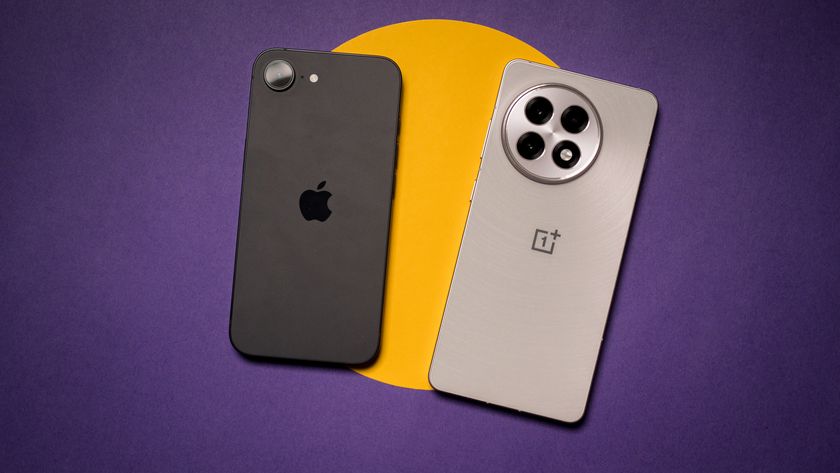
iPhone 16e vs. OnePlus 13R: Quantity versus quality

Ask Jerry: Why aren't smartphones getting better?
